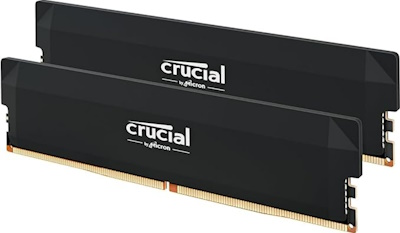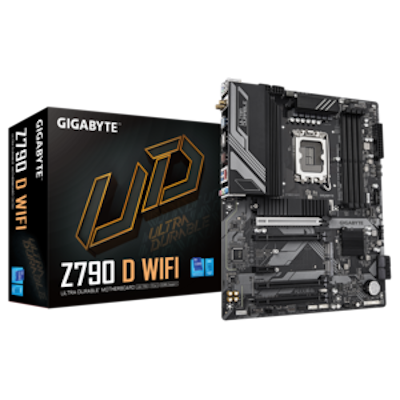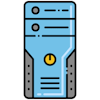 AI Hardware
DIY
AI Hardware
DIY
Building your own AI computer can be an exciting and rewarding project
Whether you're a researcher, enthusiast or a professional wanting to work with machine learning, AI models, and other AI applications, building your own AI computer is fun and very doable, with simple construction and widely available components. And, at the end of the day, you'll also have a terrific gaming computer!
Below is a step-by-step guide to assembling a computer optimized for AI work, useful for training and running machine learning models and much more.
Determine Your AI Use Case
Before choosing components, identify the primary purpose of your AI computer:
- Will you be running resource-intensive processes for deep learning models? This application requires high computational power and a large amount of memory.
- Will you be using pre-trained models for predictions? This is less demanding, but benefits from fast response times.
- Will you be doing both? Be sure to balance both training and inference workloads.
- Will you be using Edge AI? These AI applications require portability and power efficiency.
 Key Components for an AI Computer
Key Components for an AI Computer
Here's what you'll need, along with some recommendations and alternatives for each component:
Graphics Processing Unit (GPU)
GPUs are the most critical component for AI. They are designed for parallel computing, which is ideal for AI and machine learning tasks. Look for GPUs with high TFLOPS (compute power) and large VRAM for processing large datasets.
Recommended GPUs:
- NVIDIA RTX 4090/4080/3090/3080: High-end consumer GPUs for demanding AI workloads.
- NVIDIA A100 or H100: Enterprise-grade GPUs for heavy training.
- AMD Radeon RX 7900 XTX/XT: Suitable for OpenCL-based AI applications.
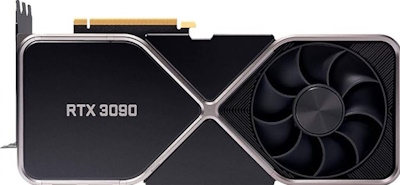
Central Processing Unit (CPU)
A powerful multi-core CPU helps manage data loading and preprocessing while the GPU handles the heavy lifting.
Recommended CPUs:
- Intel Core i9 or i7 (13th Gen or later): Excellent for balancing performance and price.
- AMD Ryzen 9 or Ryzen 7 (7000 Series): Known for high core/thread counts.
- Threadripper PRO or Intel Xeon: For professional-grade builds requiring massive CPU throughput.
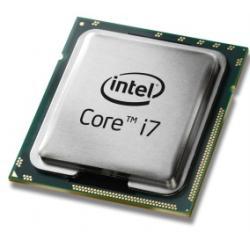
Memory (RAM)
AI workloads, especially deep learning, require substantial memory to handle large datasets. Look for high-speed DDR4 or DDR5 memory with a speed of at least 3200 MHz.
- Minimum: 32 GB for basic AI tasks.
- Recommended: 64 GB or 128 GB for intensive tasks like NLP or large image datasets.
Storage
Fast storage ensures quick data loading and model training. Optionally, use an external or network-attached storage (NAS) for massive datasets.
- Primary Drive (Operating System & Tools): NVMe SSD (1 TB or more).
- Secondary Drive (Datasets/Models): Additional NVMe SSD or
SATA SSD (2 TB or more).
Motherboard
Ensure compatibility with your CPU and GPU. Use Intel compatible motherboards for Intel CPUs, and AMD motherboards for Ryzen processors. Look for boards with PCIe 4.0/5.0 support (for GPUs and SSDs), adequate slots for GPUs, and enough RAM slots for future expansion.
Popular Choices:
- Intel Z790 or X-Series Motherboards for Intel CPUs.
- AMD B650/X670/X570 Motherboards for Ryzen processors.
Power Supply Unit (PSU)
AI workloads are power-hungry. Choose a reliable PSU with an 80+ Gold or Platinum certification.
Recommended Power Ratings:
- 750W to 850W for single-GPU systems.
- 1000W+ for multi-GPU systems or high-end components.
Cooling System
AI workloads generate heat, especially during training.
- CPU Cooling: Invest in a liquid cooler or high-end air cooler.
- Case Cooling: Ensure sufficient airflow with multiple case fans.
Case
- Choose a case with ample space for GPUs, cooling solutions, and additional components.
- Ensure the size of the case matches the motherboard.
 Building the AI Computer
Building the AI Computer
Typically, the only tool you need is a Phillips screwdriver, in sizes from #0 to #2. If you're new to PC building, consult the links below or watch video tutorials.
Here's how to build a personal computer, step by step.
Step-by-Step Assembly
- Install the CPU onto the motherboard. Take care with the alignment notch and the tiny pins.
- Attach the RAM and install the CPU cooler.
- Mount the motherboard into the case.
- Insert the GPU into the PCIe slot.
- Connect storage drives (NVMe/SATA).
- Plug in the PSU cables and verify all connections.
- Ensure proper cooling setup (fans/liquid cooler).
- Close the case, plug it in, and verify operation.
- Install the operating system and other software.
 Software
Installation
Software
Installation
Now that the computer is built, it's time to install software.
Operating System
Recommend Ubuntu Linux (or other Linux distributions), for they are widely used for AI and deep learning. It supports frameworks like TensorFlow and PyTorch natively. Windows 10/11 Pro works well with WSL (Windows Subsystem for Linux) for AI developers who prefer Microsoft Windows.
Post-Build Setup
- Install GPU drivers (e.g., NVIDIA or AMD drivers).
- Set up your AI frameworks (TensorFlow, PyTorch, etc.).
- Benchmark the system to ensure components are working as expected.
Software and Frameworks
- Python: The most widely used programming language for AI.
- AI Frameworks: TensorFlow, PyTorch, Keras, Scikit-learn./li>
- CUDA and cuDNN: NVIDIA's tools for GPU acceleration.
- Docker: For containerized deployments and managing environments.
Optional Components and Enhancements
- Second GPU: For larger-scale training, consider a dual-GPU setup. Ensure the motherboard and PSU support it.
- Dedicated AI Chips: Add an NVIDIA Jetson or similar device for experimentation with edge AI.
- Network Card: Use a 10 Gbps network adapter for faster data transfers, especially useful for multi-machine setups.
- Display: A personal choice, but a high-resolution monitor can improve your productivity while working on complex AI models.
 Future-Proofing Your Build
Future-Proofing Your Build
- Modularity: Choose components with upgrade potential, particularly motherboard, GPUs, and RAM.
- Cloud Hybrid Setup: Pair your system with cloud solutions like Google Cloud, AWS or Azure for large-scale projects.
- Quantum AI:: Keep an eye on advancements in quantum computing, as they may shape AI projects in the future.
 Final Thoughts
Final Thoughts
Building your AI computer provides flexibility, cost-efficiency, and the ability to tailor it to your needs. By understanding your application and selecting the right components, you can create a powerful machine capable of handling AI workloads now and in the future, and it can be a lot of fun!
 Links
Links
The Worlds Smallest AI Supercomputer | NVIDIA Project DIGITS
tomshardware.com/how-to/build-a-pc
intel.com/content/www/us/en/gaming/resources/how-to-build-a-gaming-pc.html
pcmag.com/how-to/how-to-build-a-pc-the-ultimate-beginners-guide
hwired.com/story/how-to-build-a-pc
reddit.com/r/buildapc/comments/llhqj5/the_beginners_guide_to_building_a_pc
newegg.com/tools/custom-pc-builder
